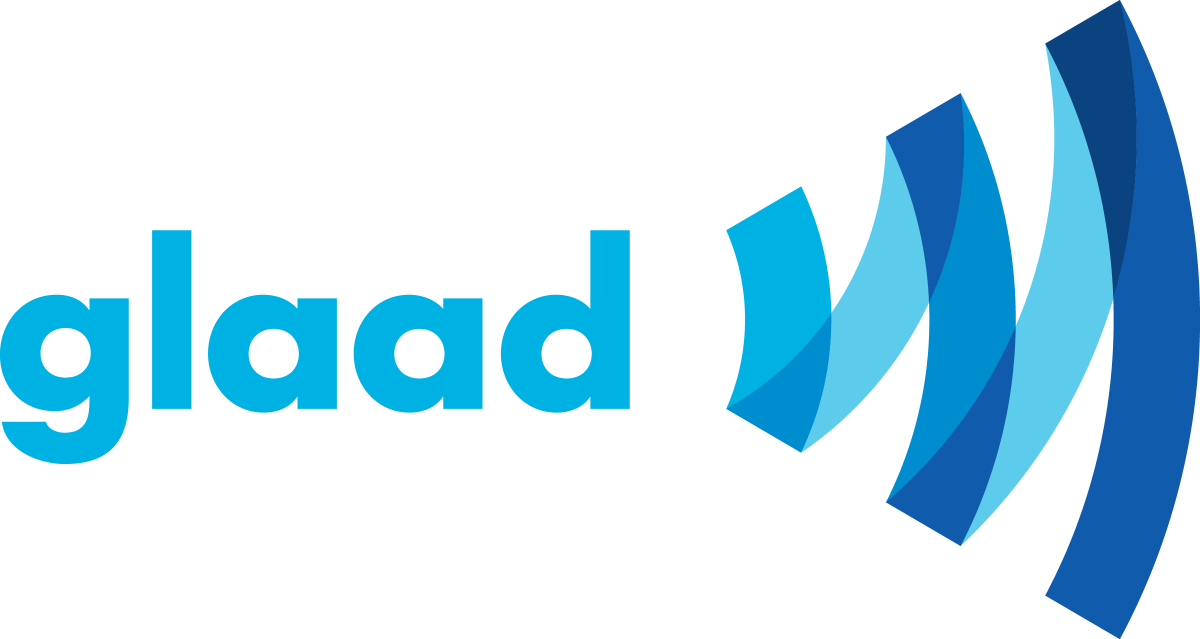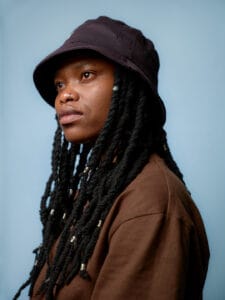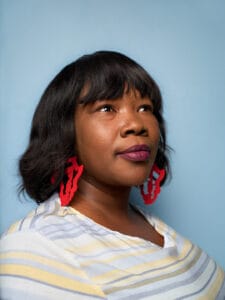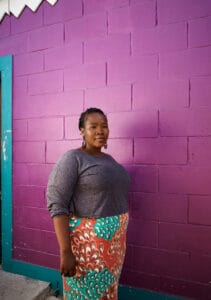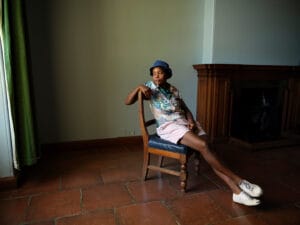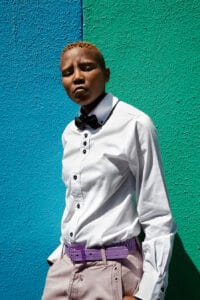Advertising Visibility Index 2023
Methodology
Two distinct methodologies were utilized in the development of this report. The first was the development of GLAAD’s proprietary Advertising Index Rating to quantify and qualify LGBTQ inclusivity in advertising. The second was a large-scale consumer survey with 1,000 U.S. Adults 18+ in partnership with Kantar.
Ad Index Rating
GLAAD’s inaugural Advertising Index report calculates and rates the quantity and quality of lesbian, gay, bisexual+, transgender, and queer (LGBTQ) characters in advertising in 2022 (January 1 – December 31, 2022). Counts and analysis are based on the top ten (10) biggest spending brands on National Linear TV, through an analysis of all commercials posted by these brands and pulled from iSpot in English and Spanish language TV, broadcast and cable networks. iSpot data ranks the biggest advertisers based on their total national broadcast and cable TV ad spend, for this analysis we have excluded network promos and streaming platform commercials that advertise long-form scripted and unscripted content. It is possible – and likely – that these ads or versions of them also aired on digital, mobile, social media etc. In this inaugural report, we focused on National Linear TV as this platform has the most historical tracking and analysis capabilities, has a standard currency on which advertising is transacted (C3 data) and is the platform where many of the biggest tentpole moments take place. Further, Collage Group’s LGBTQ Media Habits & Channels report shows that non-LGBTQ people are +50% more likely than LGBTQ people to watch TV shows live.
Advertising creatives available in iSpot by the top 10 brands that equate to 90% of their spend for the year were analyzed for LGBTQ inclusivity (i.e. these are the ads that have the most advertising spend against them, and have the opportunity to be seen by the most people). These ads have undergone multiple rounds of review through GLAAD’s Advertising Vertical and GLAAD’s Advertising Council. They have been reviewed first for LGBTQ inclusivity at a baseline/ explicit inclusion level, meaning, what kind of LGBTQ representation is present. This could include the use of LGBTQ celebrities that are known to be LGBTQ, use of LGBTQ iconography (flags, monuments, etc.), or explicit mentions of pro-LGBTQ company policies or actions. We will not be counting ads as LGBTQ inclusive if there is only a voice-over but no explicit mention of the person that’s speaking, and will only be considering ads that use out LGBTQ celebrities if they play themselves, not if they are cast as someone else in the ad.
Next, any ads that are determined to be LGBTQ inclusive go through two additional review processes that 1) confirms LGBTQ representation is present and 2) rates the quality of the LGBTQ inclusivity.
The rating system for LGBTQ inclusive ads is determined by what kind of LGBTQ representation and what kind of LGBTQ content is present in the ad. Each ad will be given a rating on the 5-point scale below, from Failing to Excellent.

Considerations that impact the rating in a positive way (meaning a higher rating) are things like stories of LGBTQ joy that are present in the ad(s), LGBTQ people doing everyday activities/having universal storylines that non-LGBTQ and LGBTQ people can all relate to, depictions of LGBTQ couples, and intersectionality/other forms of diversity being present in the ad(s).
Considerations that would negatively impact the rating (meaning bring down the rating) are stories of LGBTQ harm or struggle – and how much time is devoted to the struggle rather than the triumph/joy, use of stereotypes or tropes, and any sensationalizing something about the person’s LGBTQ experience because they are LGBTQ.
Two additional considerations that impact the rating are when/where the ad(s) aired, and how much screen time the LGBTQ character(s) have in the ad. On when/where the ad(s) aired, we analyze what LGBTQ inclusive ad(s) aired on major broadcast and cable networks compared to those that may have only aired on niche networks. For this inaugural report, this is based on the most-watched networks of 2022 by Total Viewers, as reported by Variety and sourced using Nielsen viewing data. If an ad aired in primetime (defined as 8p.m. – 11 p.m. Monday – Saturday, and 7 p.m. – 11 p.m. on Sunday) on one of the top 50 networks, we are considering this major media networks. If it aired only outside of the top 50 networks, it is considered more niche or with a smaller opportunity to impact the largest number of non-LGBTQ people.
Time on screen for LGBTQ character(s) in the ad(s) analyzes how much time the LGBTQ character(s) have in the ad(s). For this report, the time on screen for the LGBTQ character(s) should be at least 10% of the total length of the ad. For a 15 second spot, this means the LGBTQ character(s) should be on screen or heard for at least 1.5 seconds, for a 30 second spot the LGBTQ character(s) should be on screen or heard for at least 3 seconds, and for a 60 second ad the LGBTQ character(s) should be on screen or heard for at least 6 seconds. If a character is identified as LGBTQ and is first seen on screen and then only heard through scripting, this will count towards the time on screen (for example, if there is an out-LGBTQ celebrity used in the ad that is first seen and then only heard).
| Commercial Length | LGBTQ person(s) time on screen |
| 15 | 1.5 seconds |
| 30 | 3 seconds |
| 60 | 6 seconds |
An important note on implicit representation that may be present in ad(s). In short-form content like advertising, we are sensitive to the complexities in establishing LGBTQ character(s) in a finite amount of time. We have given considerable time and attention to the use of implicit, casual, or vague representation that may be present in ads. Because of its short-form nature, it’s likely a consumer will make assumptions about the person or people in the ad based on visual cues, verbal cues, situational context, signs of affection and other indicators. When viewing an ad for LGBTQ inclusivity, we establish whether the sexual orientation or gender expression of the person or people in the ad is addressed in any way. If it isn’t, or if it’s unclear, we then examine that ad for other situational cues including who the person or people are with, are there any pronouns that are used to indicate being part of the LGBTQ community, is there a perceived level of intimacy in the relationship or signs of affection to indicate a couple, what environment the person or people are in and what they are doing. The presence of implicit representation in an ad does not necessarily weigh negatively on the rating for the ad, but it is viewed with scrutiny given the above considerations and complexities in fairly and accurately portraying our community in advertising so as to not perpetuate harmful stereotypes and tropes.
In this first year of our report, we have made the decision to not name or release the ratings by brand for any of brands that fall in the top 10 highest spending in the U.S.. Instead, the quantity of overall LGBTQ inclusive ads, and the rating/quality of those ads will be released in aggregate. The intent of this scorecard is to establish the quantity and quality of LGBTQ inclusivity in advertising, as it lags behind industries like television and film in terms of visual representation of the community. GLAAD’s most recent Where We Are on TV 2022-23 report shows 10.6% of series regular characters set to appear on primetime scripted broadcast television are LGBTQ, and GLAAD’s Studio Responsibility Index 2022 shows 20.8% of the 77 films released theatrically by the seven major studios in 2021 contained LGBTQ characters. Compared to various sources* that show 1-2% of advertising that is LGBTQ inclusive. And, compared to the most recent Gallup numbers on the scale of the LGBTQ adult community, at 7.2%.
Further, it has been established by GLAAD’s Accelerating Acceptance research that being exposed to the LGBTQ community in media drives familiarity with us by up to +30%. And, brands that use LGBTQ people in advertising are more likely to be seen as supporters of LGBTQ rights, fighting against discrimination, are socially responsible, and are leaders in business. As the most trusted institution according to the Edelman Trust Barometer, businesses have a responsibility to accurately and fairly represent LGBTQ people everywhere, including in advertising. As of the publication of this report, the information found inside is accurate but remains subject to change based on adjustments that may be made over the course of the year or through continued conversation and partnership with the top spending brands.
* sources include Nielsen’s Over the Rainbow: How Brands Can Take Action with Advertising Beyond Pride Month, 7/2021, The Geena Davis Institutes’ Purpose-Driven Progress: Advancing On-Screen Diversity and Inclusion Through Accountability, 2006-2021.
Kantar Consumer Survey Methodology
We conducted a 15 minute consumer survey of 1,000 U.S. adults with Kantar, a leading data, insights and consulting company. The survey was focused on what level of LGBTQ representation people see in advertising, what consumers look for in LGBTQ inclusive advertising, and ways to improve the representation to create greater acceptance of the LGBTQ community. Part of the survey included a forced exposure to five(5) LGBTQ inclusive ads from the 2023 Super Bowl, to understand if consumers recognized the ads as being LGBTQ inclusive.
